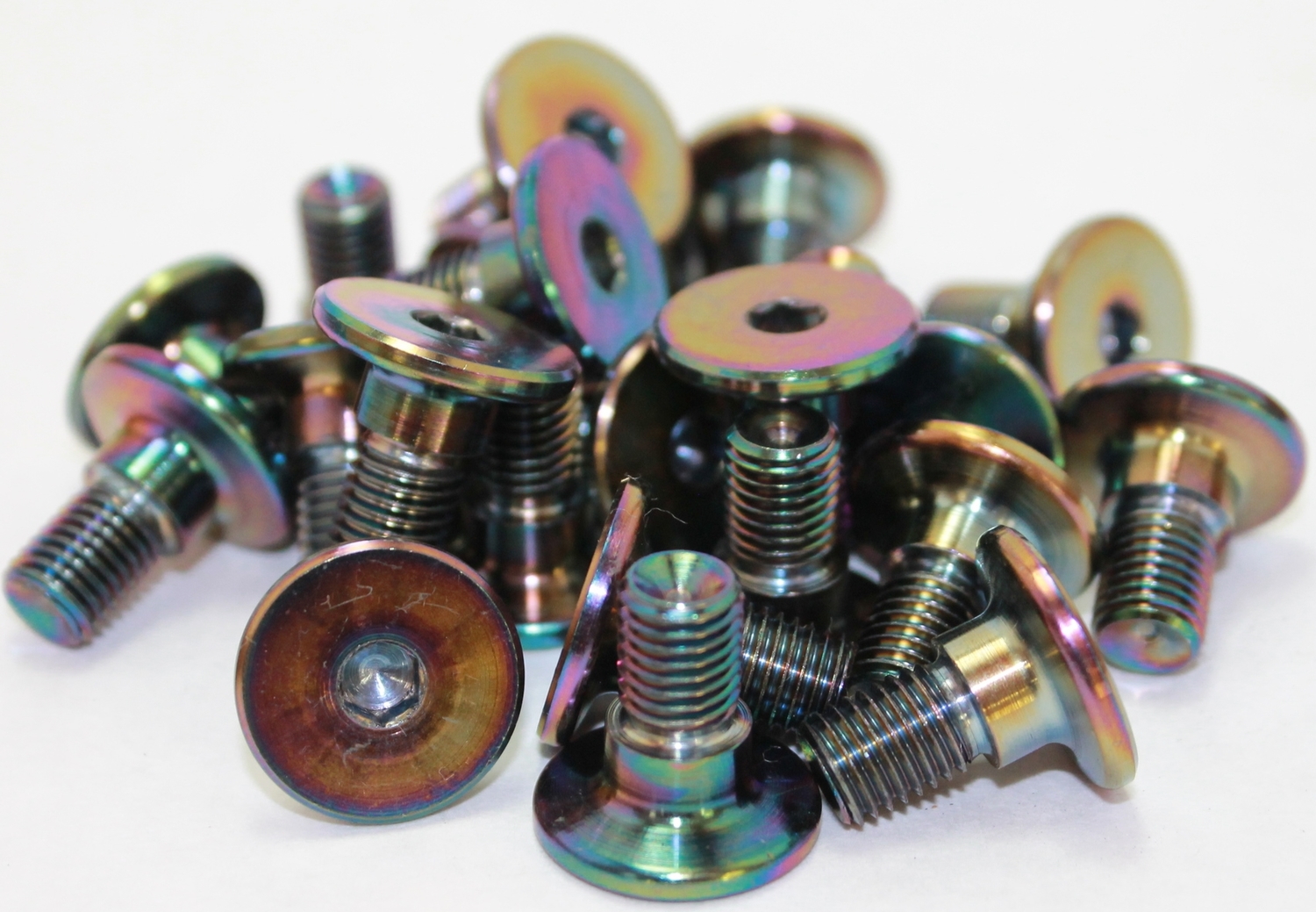Zinc plating is a widely used electroplating process that applies a thin layer of zinc to the surface of metal components, providing a range of advantages for various industries. Here are the primary benefits of zinc plating:
1. Corrosion Resistance
- Protective Barrier: Zinc plating creates a protective barrier that prevents oxidation and corrosion, extending the lifespan of the metal substrate.
- Sacrificial Coating: Zinc acts as a sacrificial anode, corroding in place of the underlying metal and offering long-term protection.
2. Cost-Effective
- Low-Cost Coating: Zinc plating is a cost-effective method of enhancing corrosion resistance compared to other protective coatings.
- Affordable Maintenance: Components with zinc plating require less maintenance, reducing overall lifecycle costs.
3. Versatility
- Broad Application: Zinc plating is suitable for a wide range of metals, including steel, iron, and copper, making it versatile for various industries.
- Customizable Thickness: The thickness of the zinc layer can be adjusted to meet specific requirements, providing flexibility in application.
4. Improved Aesthetics
- Bright Finish: Zinc plating provides a bright, attractive finish that enhances the visual appeal of metal components.
- Various Finishes: It can be finished with additional coatings, such as chromates, to achieve different colors and appearances.
5. Enhanced Durability
- Wear Resistance: Zinc plating improves the wear resistance of metal parts, making them more durable and suitable for demanding applications.
- Reduced Friction: The coating reduces friction between components, enhancing their performance and longevity.
6. Hydrogen Embrittlement Prevention
- Post-Treatment: Processes like baking can be used after zinc plating to prevent hydrogen embrittlement, ensuring the integrity of high-strength materials.
- Safe for High-Stress Applications: This makes zinc plating suitable for components that experience high stress and fatigue.
7. Environmentally Friendly
- Reduced Environmental Impact: Modern zinc plating processes use environmentally friendly chemicals and techniques, minimizing ecological impact.
- RoHS Compliance: Zinc plating can comply with the Restriction of Hazardous Substances (RoHS) directive, ensuring safety and sustainability.
8. Ease of Application
- Efficient Process: Zinc plating is a straightforward and efficient process that can be easily integrated into existing manufacturing workflows.
- High Throughput: It allows for high throughput, making it ideal for large-scale production runs.
9. Enhanced Adhesion
- Strong Bonding: Zinc plating provides a good base for subsequent coatings, such as paint or powder coating, improving adhesion and durability.
- Surface Preparation: The smooth and clean surface resulting from zinc plating enhances the adhesion of additional layers.
10. Regulatory Compliance
- ASTM Standards: Zinc plating can be performed to meet various ASTM standards, ensuring high-quality and consistent results.
- Industry Certifications: The process can adhere to industry-specific certifications, providing assurance of compliance with rigorous standards.
Zinc plating offers numerous benefits, including superior corrosion resistance, cost-effectiveness, and improved aesthetics. Its versatility, environmental friendliness, and ease of application make it a preferred choice for protecting and enhancing metal components across various industries.



